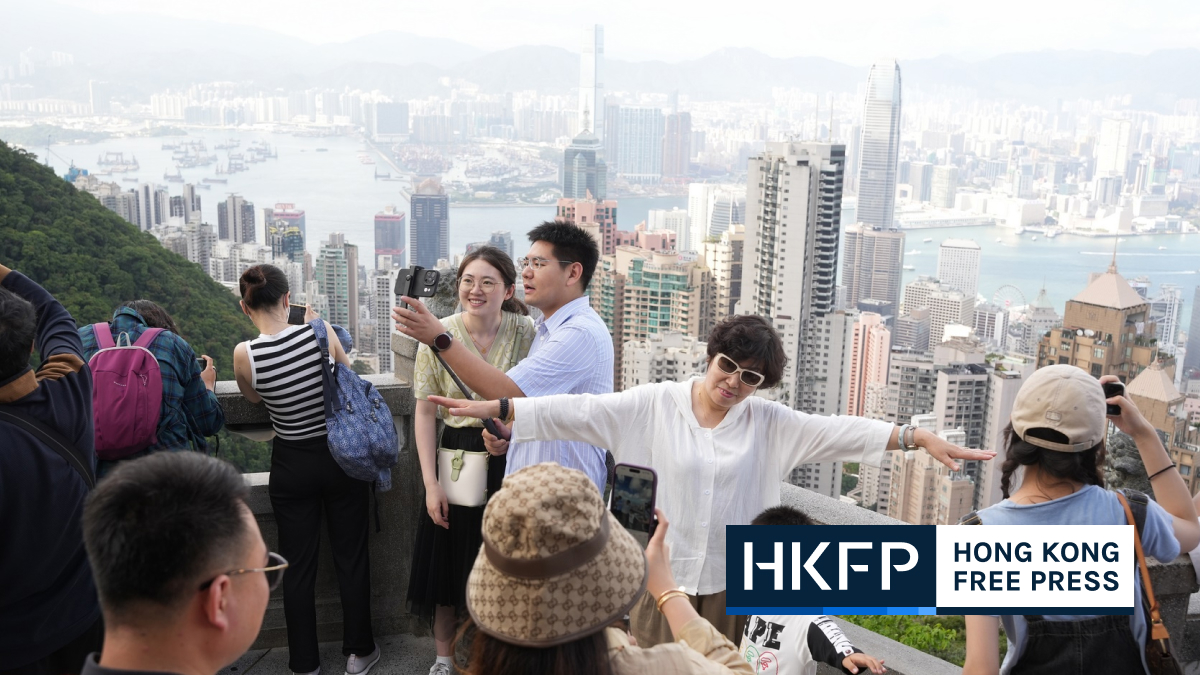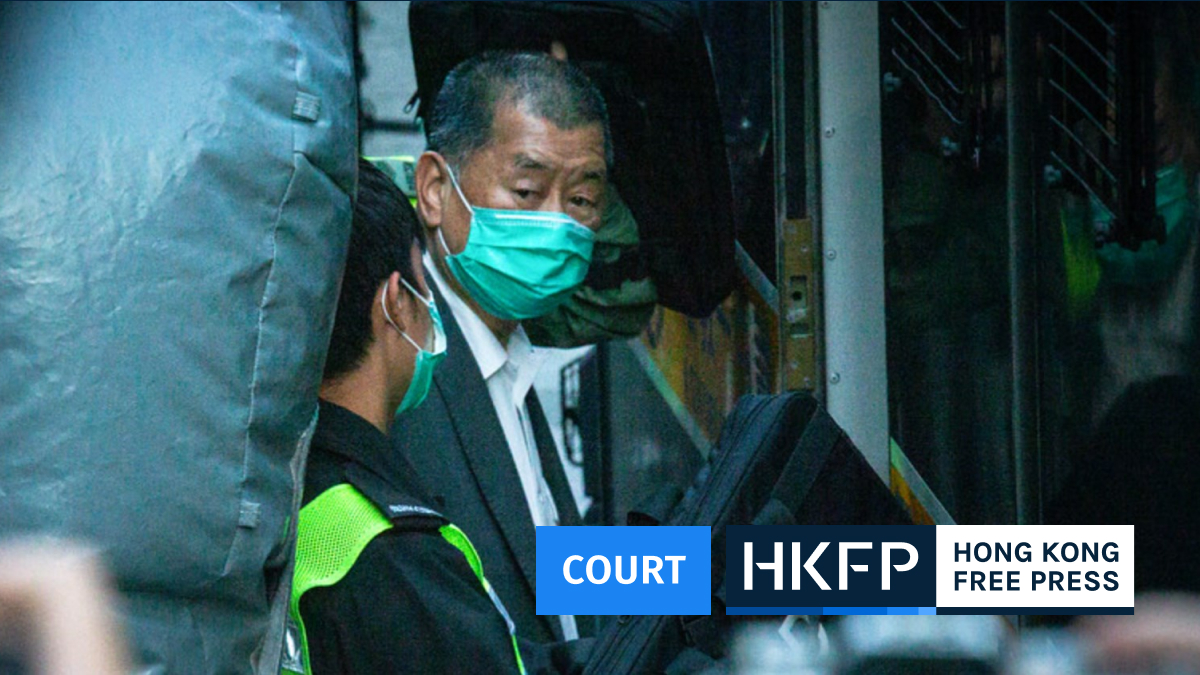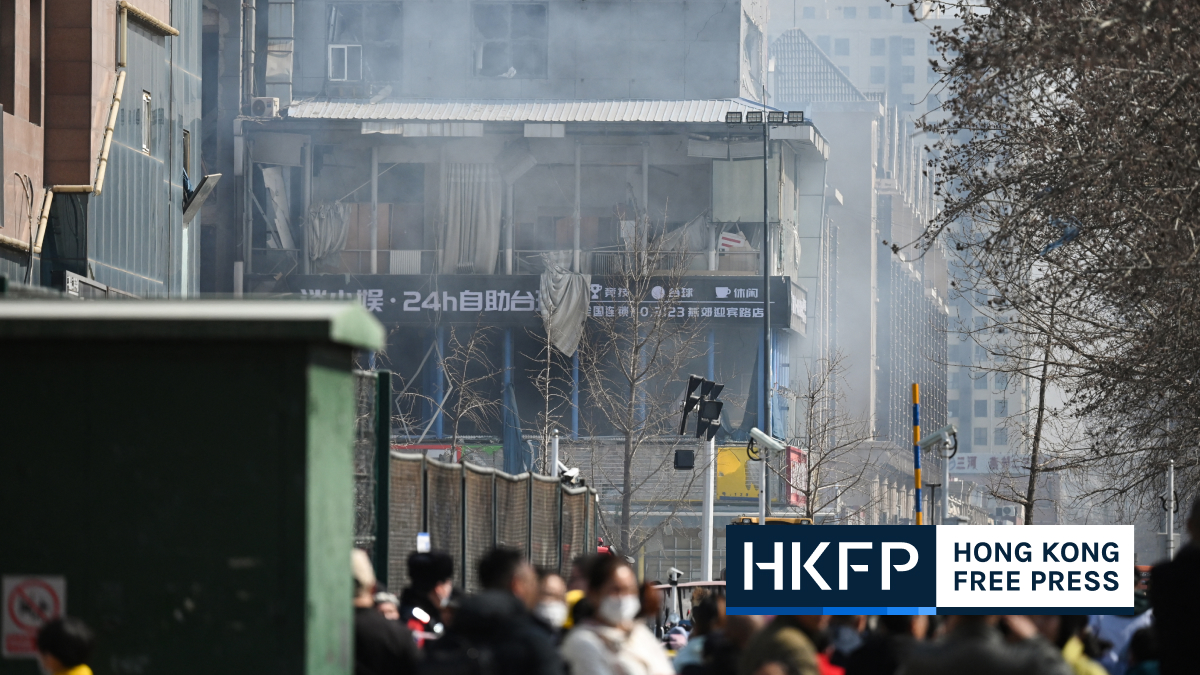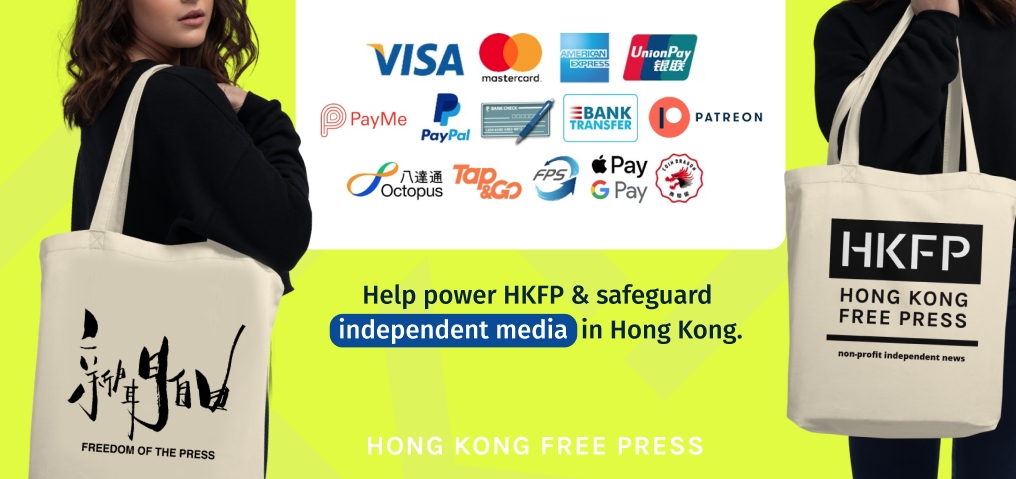When Niko Leung first asked to take some soil from a Hong Kong construction site in 2021, she came away empty-handed. Now, her odd-shaped studio on the edge of Sai Kung is home to several tonnes of dirt from different locations across the city.
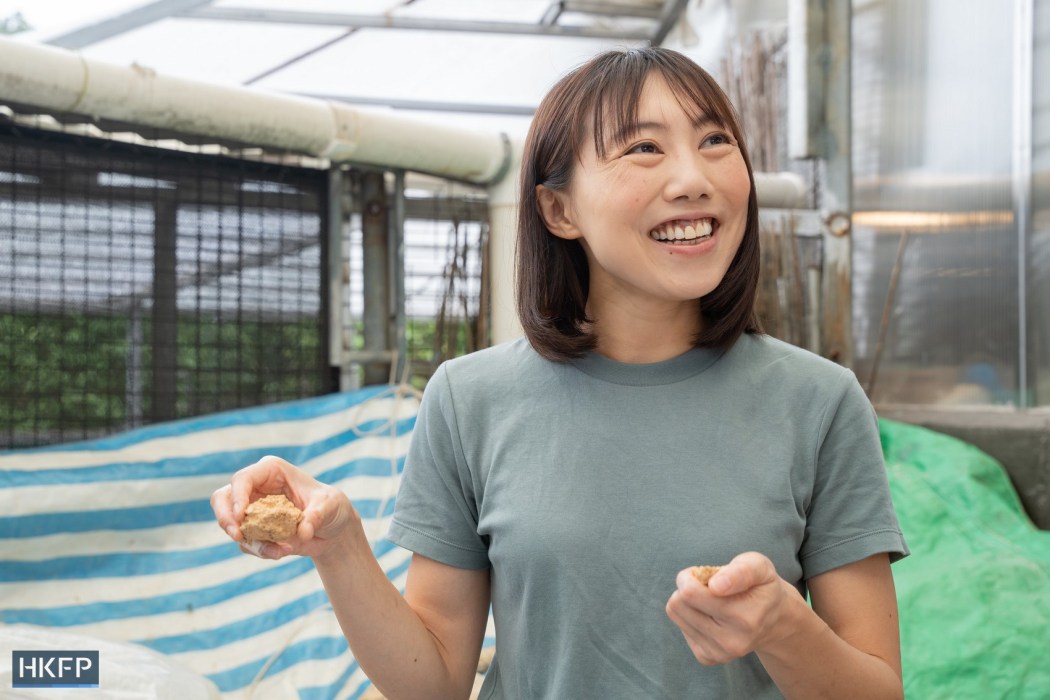
“This is the dirt we got from a construction site very nearby,” Niko tells HKFP, pointing to a reddish-brown mound, replete with rocks and clumps of soil, and which, she says, some local cats have taken to using as a toilet.
“It was [from] a landslide mitigation project. The site is basically a virgin site which has never been built [on] before, so the dirt is really clean, it’s not so dirty dirt. And it’s also very plastic.”
Niko’s dirt will be transformed into clay as part of Hong Kong Soil, an initiative she co-founded with architectural designer Loky Leung in 2021 to research and reuse dirt discarded from building sites.
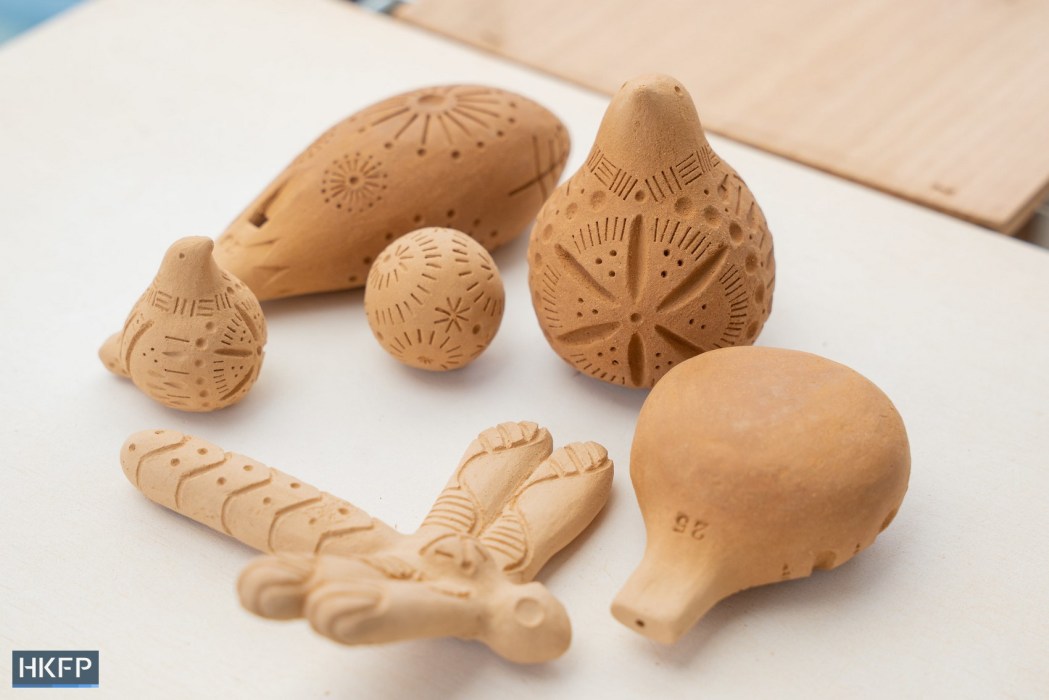
Were it not to become a handmade bird whistle or a pot for a scented candle, the construction waste would otherwise have ended up in a fill bank at one of Hong Kong’s landfills, waiting for an opportunity to be reused, or poured into the sea to reclaim land from the ocean.
‘We wanted to make good clay’
Hong Kong Soil’s first project was a rammed earth bench, made possible by a grant from Design Trust. Learning about the ancient building technique from a week-long course they attended in mainland China – as well as from books – Niko and Loky compacted two tonnes of raw Sai Kung earth to create a softly curved bench, which was placed at Central Pier for three months.
But, Niko says: “We really wanted to make good clay. We wanted to make tableware.”
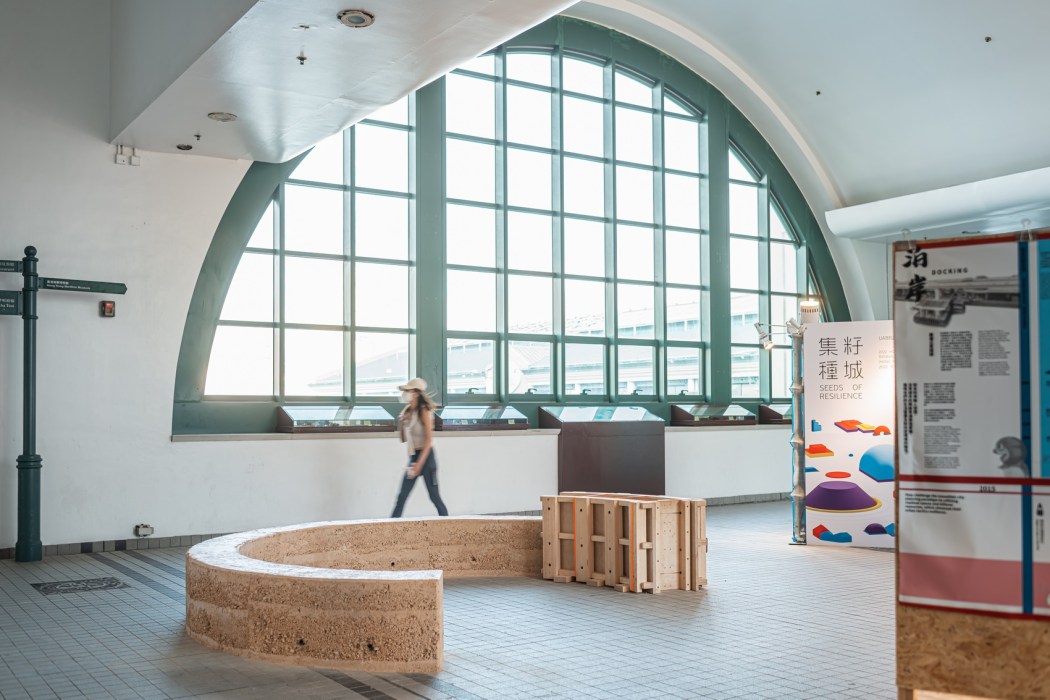
To achieve that goal, the product designer and former teacher has had to become a geologist, a chemist, a civil engineer, and a ceramicist. “It’s [very technical]. My brain is like…” Niko says, bringing her hands to either side of her head to suggest it had expanded.
From her studio, tucked behind a gardening centre in Tai Chung Hau Village, she has conducted countless experiments, religiously noting the variables and results of each into colour-coded spreadsheets that betray a designer’s eye for exactitude.
What she describes as a “tedious” process has paid off. “Now it’s really nice to throw,” she says. And, since speaking to HKFP, Niko’s clay has been lab tested and certified as safe to use for tableware.
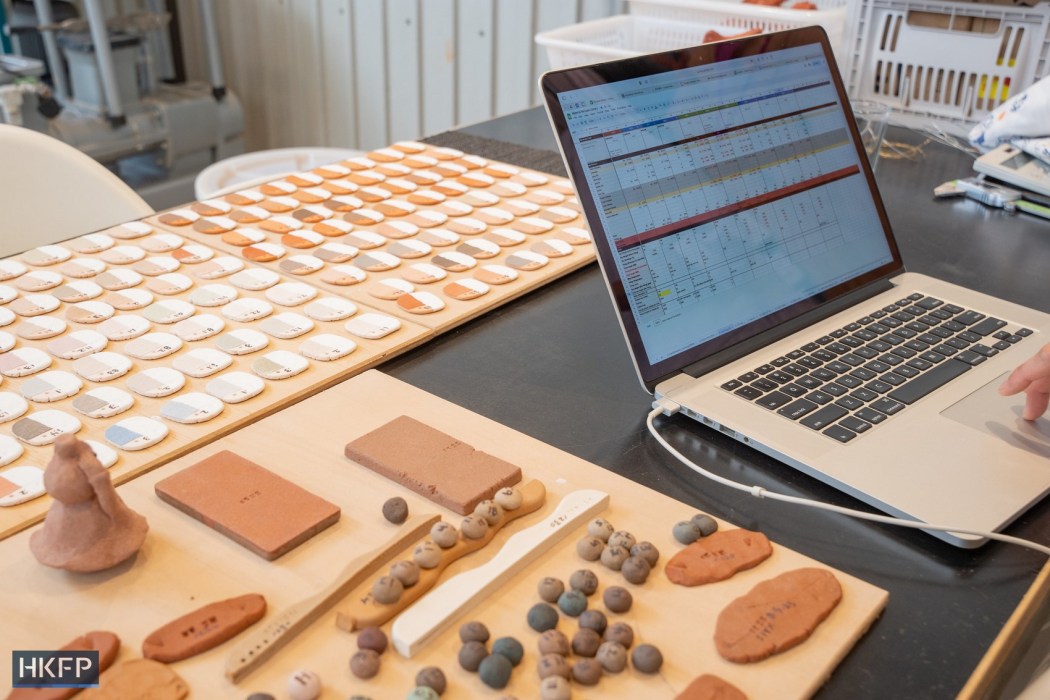
Multiple steps stand between the raw soil and a supple, workable material; among them soaking, sieving, draining, and crushing. Before investing in a machine to do the latter, Niko was responsible for producing the fine powder that comes from subjecting soil to a hammermill; she crushed it by hand with a cast iron hammer.
“Yeah, it’s a little insane to think about that. Also, in the summer it’s really hot; it’s really a workout. Yes, we grew a lot of muscle last year… and lost a lot of weight,” Niko says.
Last October she hired an assistant, Valerie. “I’m really lucky to have her helping me because it’s been quite hard to find someone,” she says. Not only is Niko’s practice quite specialised and her studio remote, it also has no air conditioning – and not by necessity.

Fans, high ceilings and openings on two sides of the triangle-shaped room allow the air to flow through. On the mid-May day when HKFP visited, a digital thermometer in the studio showed a temperate 26 degrees Celsius. But, Niko says, it reached 37 degrees last summer.
“I wanted to keep it naturally ventilated somehow. Also, we wanted to use as little energy as possible,” Niko says. “I don’t really mind the heat so much. I think sometimes the more we live in a controlled air-conditioned environment, I think the more we… are not accustomed to the real environment,” she continued, adding that it was something of a “personal experiment.”
“It’s also a little bit idealistic.”
Local, sustainable materials
A similar instinct lies behind the Hong Kong Soil initiative; a desire to connect with and promote local materials in a tangible and sustainable way.
The idea took root during the early days of the coronavirus pandemic. “At the start of Covid… we had this period where we were very anxious. It was super stressful to get supplies… we ran out of toilet paper and masks, and then vegetables,” Niko says.
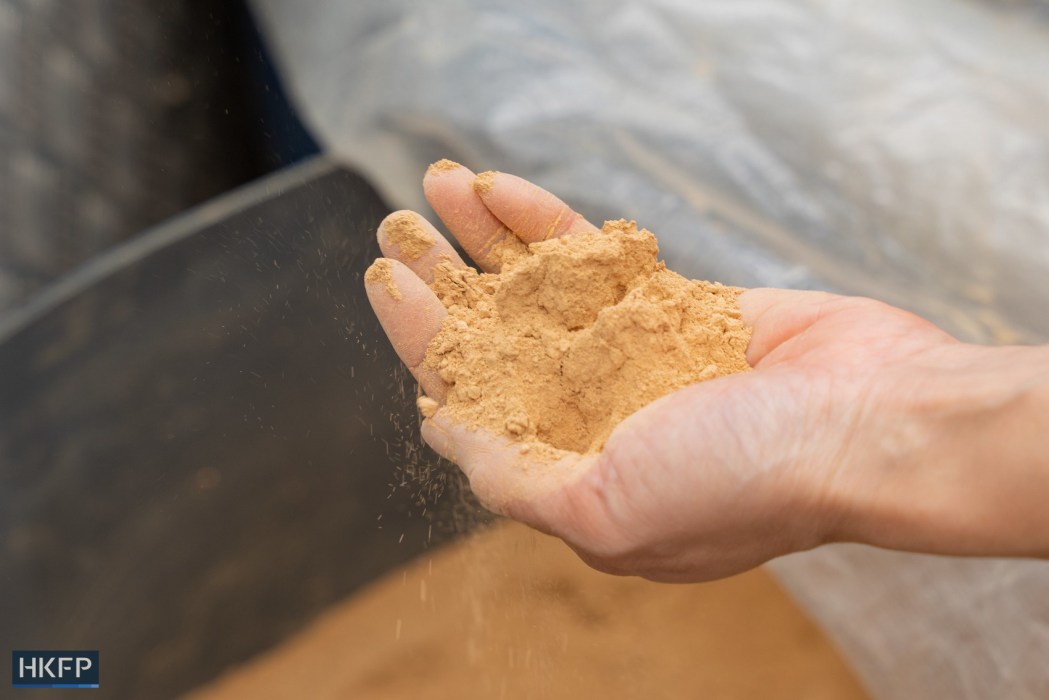
“And I thought, because Hong Kong is so dependent on imports, when you’re so dependent on imports, you don’t have control of your supply. So, I thought, as a designer… can we find ways to use our own local materials and local clay?”
She had worked with ceramics while at design school in Eindhoven, in the Netherlands. “I wasn’t really into it back then, but the more I work with it, the more I find it really fascinating,” Niko says. “I think it’s how civilisation was shaped, in a way.”
In fact, Hong Kong has a history with ceramics – with clay quarries and brickworks once dotted across the New Territories – but the industry went the way of many others, relocating to mainland China from the late 1970s onwards.
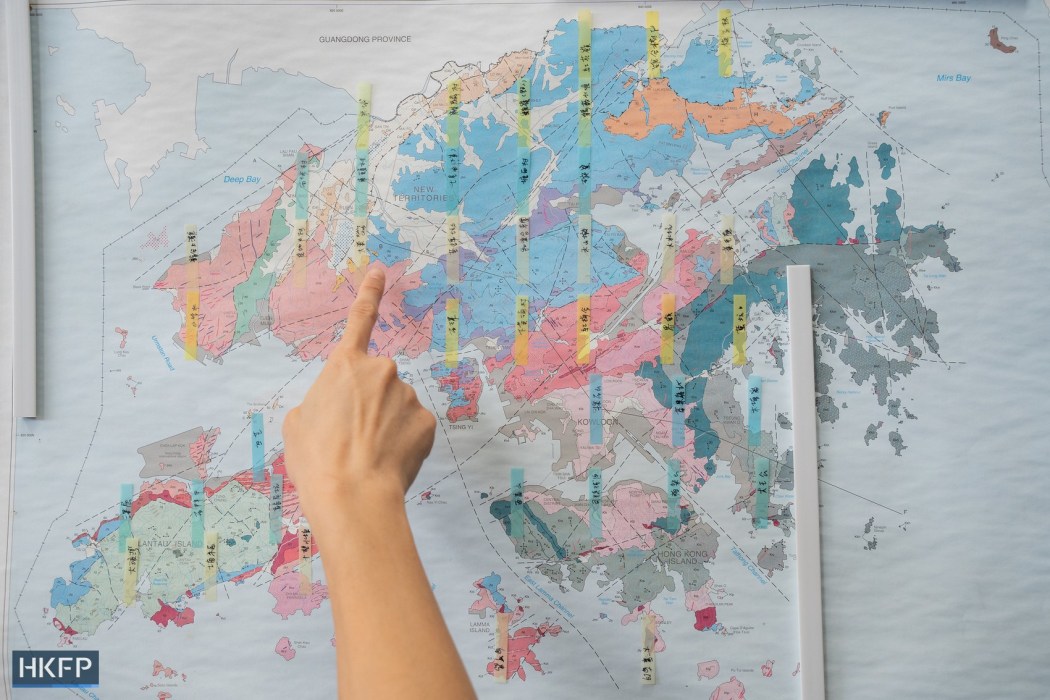
But while the quarries may be closed, there has been no shortage of development in recent decades, resulting in untold amounts of excavated earth ripe for recycling.
In 2021, government figures showed that 3,646 tonnes of construction waste were sent to landfill daily. Much of that which could be of use to Niko and Hong Kong Soil is stockpiled for reclamation and site formation. But she thinks there could be other uses for it: namely, ceramics.
The issue, Niko says, lies in convincing the powers that be to let her at it, a process that has proven challenging. In Hong Kong Soil’s early days, she wanted to get some dirt from a road expansion project just outside Sai Kung.
“We spoke to contractors, we spoke to the Development Bureau, the CEDD [Civil Engineering and Development Department], the EPD [Environmental Protection Department]. We called and we emailed and we tried to get permission to recycle,” she says.
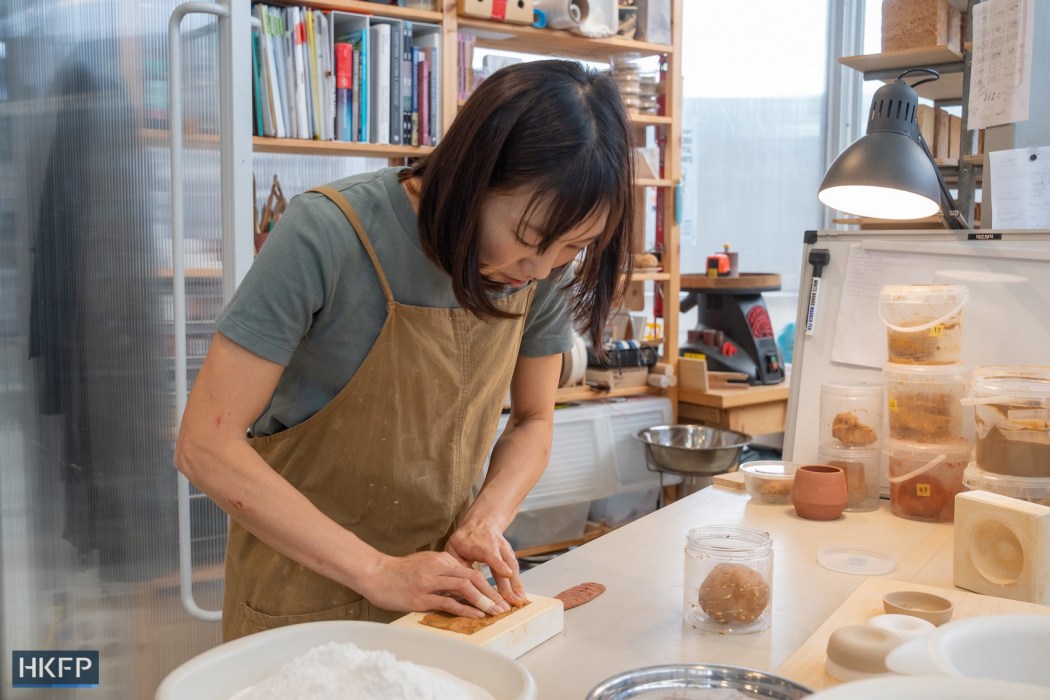
In the end, she contacted a company that already had permission to recycle construction and demolition materials, which helped her retrieve half a tonne.
“But it’s already better,” she says. When it came to securing soil from another public works project – the recently opened Tseung Kwan O to Lam Tin tunnel – she was prepared. The director of the recycling company came, “he was very curious,” and Niko even took some ceramics down to the site to show the workers what could be made from what they were excavating. “And then it became a little bit easier.”
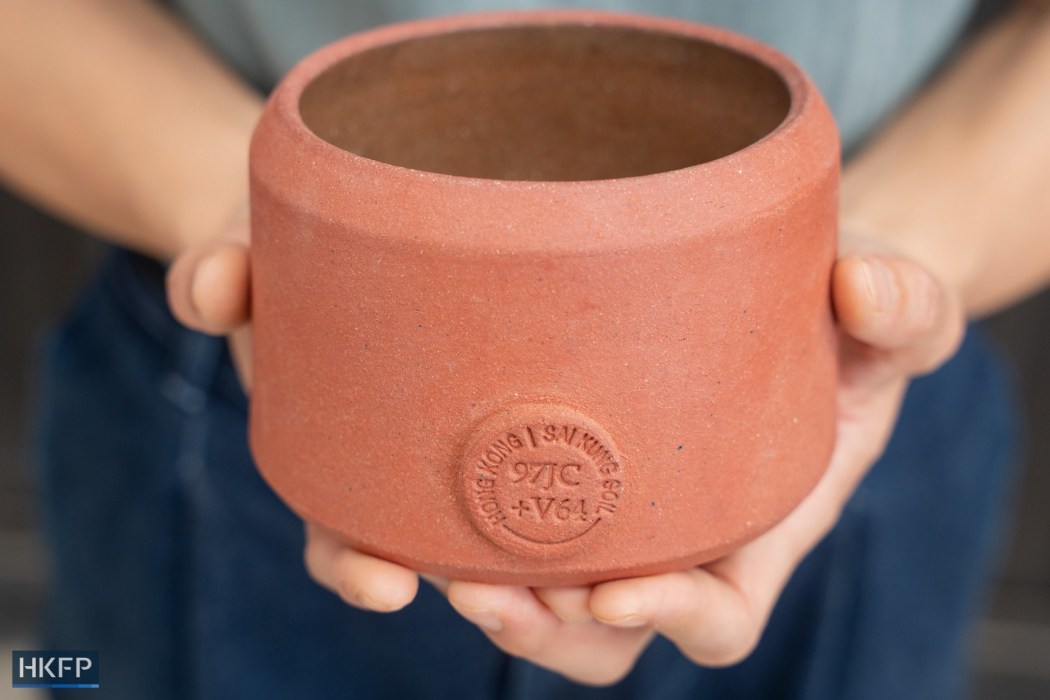
She hopes to make tiles and tableware in the future, if she can convince the fill banks to share their store. But in the meantime she is busy. “Right now we are really trying to get our ceramic products going.” She is also occupied making more diffuser bricks for fellow Sai Kung brand BeCandle, a small-batch fragrance product factory that Hong Kong Soil has also made candle holders for.
During the cooler months, Niko and Valerie host ceramic workshops with their Hong Kong clay, teaching how to make haniwa, earthenware figures used in funerary rituals in Japan, and bird whistles, or simply allowing people to get accustomed to working with ceramics.
“The reason we did workshops also was to understand how people feel our clay,” Niko says. Most of those who have joined workshops have been beginners, with no experience. “But it’s fine,” she says. The response has been good and “the clay is really forgiving.”
The sessions are paused for summer, though. Niko is not sure anyone could handle the heat.
Support HKFP | Policies & Ethics | Error/typo? | Contact Us | Newsletter | Transparency & Annual Report | Apps
Help safeguard press freedom & keep HKFP free for all readers by supporting our team

LATEST FROM HKFP
HKFP has an impartial stance, transparent funding, and balanced coverage guided by an Ethics Code and Corrections Policy.
Support press freedom & help us surpass 1,000 monthly Patrons: 100% independent, governed by an ethics code & not-for-profit.





